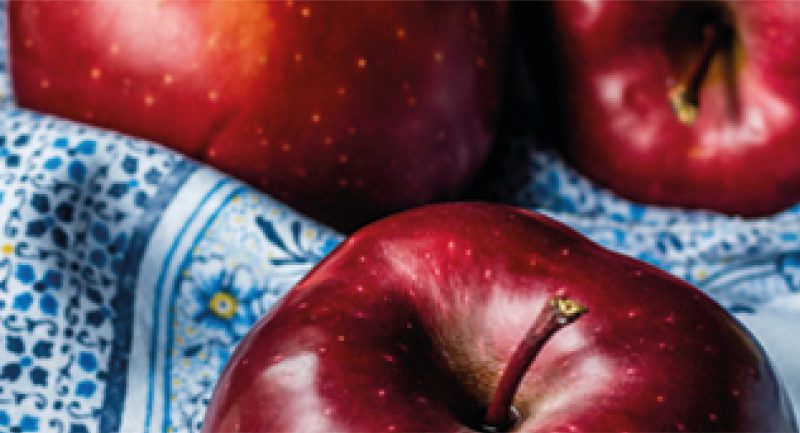
Jennifer Riel is a strategic adviser to senior leaders at a number of Fortune 500 companies. Her book, Creating Great Choices is an insightful and instructive blend of storytelling, theory and hands-on advice to help any leader or manager facing a tough choice. The book includes fresh stories of successful integrative thinkers that will demystify the process of creative problem solving, as well as practical tools and exercises to help readers engage with the ideas.
Storytelling converts a possibility into a narrative— a tale of events that proceeds over time and has a beginning, a middle, and an end. A story lets you explain what happens within the possibility— the plot points of your new and better world. Narrative is an effective way to capture and explain a new idea because humans are naturally drawn to stories; stories are the way people have learned and shared critical information since our ancestors were crouched around a campfire.
Using stories lets you engage deeply with ideas, because you can fully picture the possibility in your mind’s eye. Once you do that, you will be able to communicate that picture to others. As screenwriting teacher Robert McKee puts it, “If you can harness imagination and the principles of a well- told story, then you get people rising to their feet amid thunderous applause instead of yawning and ignoring you.”
Our friend Claudia Kotchka, former head of design at P&G, is a master storyteller. To illustrate the impact of human- centered design to her peers at the sometimes- rigid consumer goods giant, she would tell a story about Altoids. Yes, the curiously strong mint introduced in the 1780s and now owned by Wrigley. Kotchka would illustrate the special appeal of Altoids by describing the process of looking at the cheerful metallic box with its nostalgic typeface and then opening the tin, hearing the liner paper crinkle, smelling the wafting scent of peppermint oil, and seeing the uneven little mints, seemingly hand-made, lying haphazardly within.
Kotchka would go on to describe what Altoids would look like if they’d been developed through P&G’s structured, rigorous, and highly reliable processes: perfect, uniform mints in a simple plastic container with a slightly garish sticker on the front. The “waste” of the liner paper and the expensive metal box would be eliminated. The “imperfection” of the varied mints would be remedied. The understated label design would be “livened up.” And voilà, all the distinctiveness of Altoids would disappear— along with the brand’s intense consumer loyalty and price premium.
Kotchka called her imaginary new product Proctoids, after the irreverent nickname sometimes applied to P&G employees. Her vivid and funny story hit home with audiences inside P&G and out, illustrating her point more clearly than reams of data on failed innovations.
Try This
Think back to the invention of the iPod. Craft a short narrative that would explain the core of the idea and the way it works to create new value for users and for Apple. Try the same for one of the possibilities you generated in chapter 7.
For each of your possibilities, think about the story you could tell about it, focusing on how each possibility would be experienced by real people. The story needn’t be long or obsessively detailed. The objective of the narrative should always be to help you, and others, understand the core value of the possibility.










